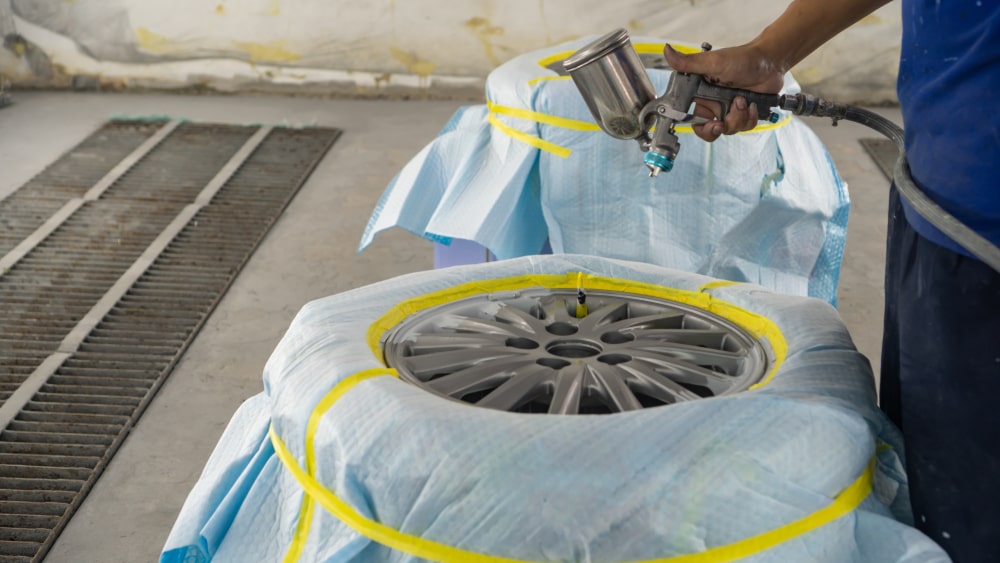The allure of a glossy, flawlessly polished car is undeniable. In the pursuit of maintaining that perfect shine, many car owners often come across various myths and misconceptions about paint correction. While this automotive detailing process has gained immense popularity, there is a fair share of misinformation that can misguide car enthusiasts. In this article, we delve into the realm of paint correction to debunk common misconceptions and shed light on the truths that every car owner should know.
Misconception 1: Paint Correction Damages the Car’s Paint
One prevalent myth surrounding paint correction is that it harms the vehicle’s paint. This misconception often stems from the confusion between paint correction and abrasive techniques that can lead to paint damage. In reality, professional paint correction, when performed correctly, aims to eliminate imperfections without compromising the integrity of the paint. Using the right tools and techniques, experts can safely remove swirl marks, scratches, and other blemishes, revealing the true luster of the paint.
Misconception 2: Paint Correction Is Just Another Term for Car Detailing
It’s crucial to distinguish between paint correction and traditional car detailing, as these are distinct processes with different objectives. While car detailing primarily focuses on cleaning, polishing, and protecting the vehicle’s exterior and interior surfaces, paint correction specifically targets imperfections in the paintwork. Unlike detailing, paint correction involves the use of specialized compounds and equipment to eliminate scratches, swirl marks, and other surface defects, restoring the paint’s original shine and clarity.
Misconception 3: Paint Correction Is a DIY Job
With the rise of numerous DIY tutorials and products in the automotive industry, many car owners are tempted to undertake paint correction themselves. However, this approach can often lead to irreversible damage if not executed with the necessary expertise and precision. Professional paint correction technicians undergo extensive training and possess in-depth knowledge about the intricacies of various paint types and correction techniques. Entrusting the task to skilled professionals ensures the best possible outcome without risking the overall condition of the vehicle’s paint.
Misconception 4: Paint Correction Is a One-Time Fix
Some car owners believe that once they opt for paint correction, their vehicle’s paint will remain flawless indefinitely. However, this is far from the truth. While paint correction effectively removes imperfections, factors such as environmental conditions, regular wear and tear, and improper maintenance can affect the paint’s condition over time. To preserve the restored finish, routine maintenance, such as proper washing techniques, regular waxing, and protective coatings, is essential. Understanding the importance of ongoing care can significantly prolong the results of a professional paint correction job.
Misconception 5: Paint Correction Is Suitable for All Cars
While paint correction can enhance the appearance of most vehicles, certain factors can influence its suitability for specific cars. Factors such as the age of the paint, the extent of existing damage, and the type of clear coat used can impact the effectiveness of paint correction. Older vehicles with extensive paint damage might require additional treatments or even repainting, depending on the severity of the imperfections. Consulting a professional paint correction specialist can help determine the best course of action for each unique vehicle.
Conclusion
In the world of automotive maintenance, understanding the truth about paint correction is paramount. Debunking common misconceptions surrounding this process enables car owners to make informed decisions about their vehicles’ appearance and maintenance. By dispelling these myths and emphasizing the importance of professional expertise and ongoing care, car enthusiasts can ensure that their prized possessions maintain their impeccable shine and finish for years to come.
Embracing the facts about paint correction ultimately leads to a deeper appreciation for the intricacies of automotive aesthetics and care.

